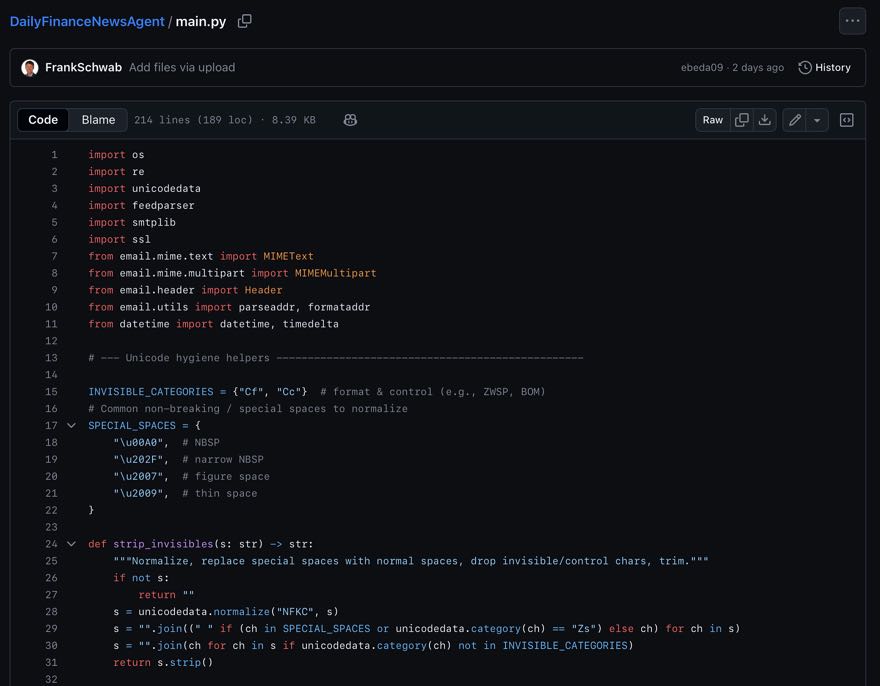Best Practice Driven Core Banking System Transformation

In February 2011 we learned that the Irish bank AIB is suing Oracle over a failed, €84 million implementation of its Flexcube banking software. And in July 2011 the Union Bank of Carlifornia has cancelled the implementation of Infosys’ Finacle Solutions - two years after the start of the program. A Boston Consultant Group survey on Renewing Core Banking IT Systems in May 2006 reports that all survey participants said that they had struggled to deal with expanding project scope and changing requirements.
Experience shows that there is a high failure rate of core banking system implementations. We can assume that 25% of core banking system transformations fail without any results, 50% do not achieve the transformation objectives - costs and implementation times double or triple and only 25% of the transformations can be called successful.
Possible causes of the bad success rates of core banking system transformations are widely unknown. Concerned banks, integrators and core banking system vendors keep quiet about failed implementations.
Bent Flyvbjerg, professor at Oxford University, studies megaprojects. Generally spoken, he argues that people involved in mega projects overestimate their capabilities and underestimate risks. His late research indicates that black swans (very rare events with large scale impact) occur much more often in software mega projects than in any other mega project. Applied to core banking system transformations this means that there is a high likelihood that a single aspect handled wrongly leads to a disaster of the transformation as a whole.
Therefore it is essential for a successful core banking system transformation to understand, plan, control and execute all aspects of a CBS transformation program, comprehensively.
Over the last five years I have analysed more than 100 core banking system implementations, globally and derived best practices for successful program delivery.
Here the first six best practices which I have identified to run a successful core banking system transformation
1.Shared Strategy: Strategy, objectives and scope are widely shared and changes are managed well by all stakeholder group
2.Prepared Business Processes: All as-is and to-be business processes well documented and maintained in BPM tool, roadmap in place and maintained
3.Measurable Benefits: Detailed phased business and benefit plans are followed up and kept up-to-date
4.Minimum Customization: Customization requirements are kept minimal and are well known to all stakeholders, documented, put into contracts and budgeted
5.Real Partnership: Vendor is seen and respected and trusted as partner, agreed split of responsibilities, good communication, both partner help each other if necessary regardless of responsibilities
6.Strong Governance: Flexible governance structures across landscape, portfolio, program and projects in place. Interdependencies are well understood and managed actively.
At this point in time it is clear that the identified best practices are not sufficient to ensure a successful core banking system transformation. But knowing the occurrence of black swans in mega projects it seems to be obvious that if a bank manages one of the six best practices badly the bank will suffer significantly and add another case to the list of unsuccessful core banking system transformations.
Published in CoreBanking, DigitalTransformation, all on 29.05.2019 7:30 Uhr.








